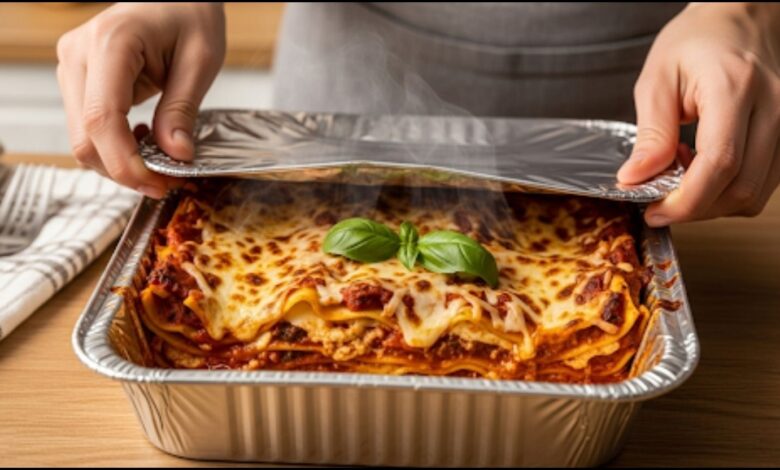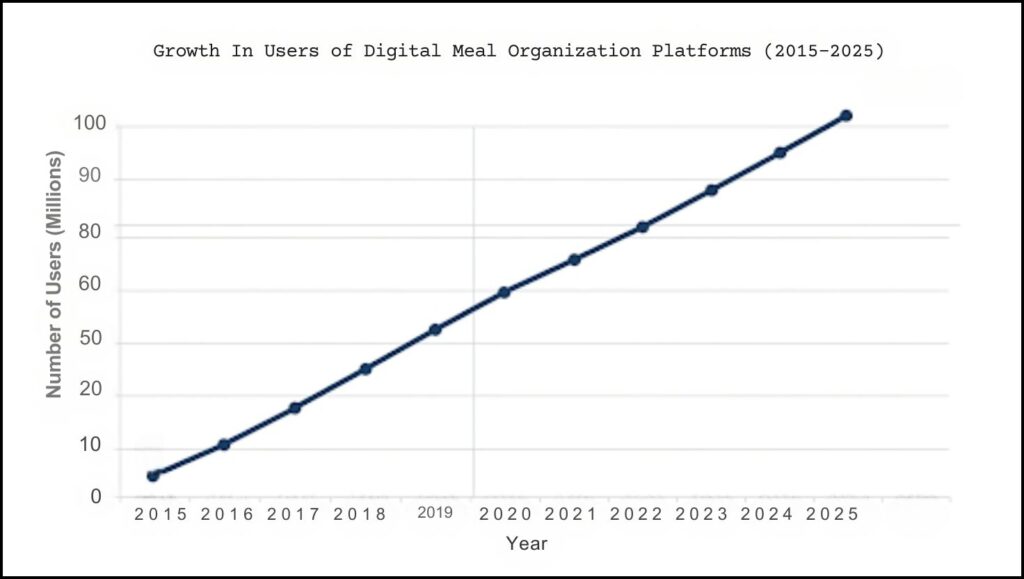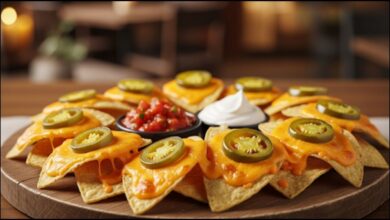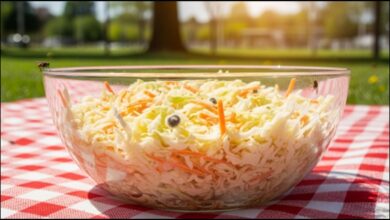How ‘Culinary Kindness’ Forges Community Bonds in Times of Crisis
The tradition of preparing food for those in crisis, termed culinary kindness, is a powerful form of community support that strengthens social connection. Experts note this act provides psychological benefits for both giver and receiver, evolving with technology to fortify community bonds.

The act of preparing and delivering a meal to someone in need—a baked pasta, a pot of soup—is a tradition that transcends cultures and generations. This practice of culinary kindness, far more than simple charity, serves as a powerful tool for building social connection and providing tangible emotional support during life’s most challenging moments, from illness and grief to the celebration of a new life.
The Psychology of a Comfort Meal
For centuries, food has been intrinsically linked with care and nurturing. Experts suggest that providing a meal during a crisis is a deeply ingrained human response that benefits both the giver and the receiver. This act provides a practical solution to the daily burden of cooking while signaling a powerful, non-verbal message of support.
“When people don’t know what to say, they cook,” said Dr. Elena Vance, a sociologist at the University of Chicago specializing in community dynamics. “It’s a tangible expression of empathy. You’re not just giving calories; you’re giving time, effort, and the message that ‘you are not alone, and your community is here to sustain you.'”
The psychological benefits for the person providing the meal are also significant. In situations where friends or family feel helpless, such as a serious illness, preparing food offers a sense of agency and purpose. It is a concrete task that directly alleviates a burden for the person suffering. A 2022 study published in the Journal of Social and Personal Relationships found that acts of “tangible service,” including providing meals, were strongly correlated with reduced feelings of helplessness in support providers.
The Evolution of Community Support: From Potluck to ‘Meal Trains’
While the concept is ancient, the methods for organizing this form of community support have evolved. What once relied on church phone trees or neighborhood word-of-mouth is now frequently coordinated through digital platforms. Websites and apps like Meal Train and TakeThemAMeal.com have streamlined the process, allowing communities to efficiently organize schedules, note dietary restrictions, and ensure a steady stream of support without overwhelming the recipient.
“We saw a massive surge in use during the COVID-19 pandemic, but the trend has continued to grow,” said a spokesperson for Meal Train in a statement to the press. “Technology has removed the logistical friction, making it easier for people to activate their networks and show they care. It formalizes an informal tradition.”

This digital evolution has broadened the scope of culinary kindness. It allows for participation from colleagues, distant friends, and acquaintances who might not have been part of the immediate neighborhood circle in previous generations.
Beyond Charity: Food as Social Connection
It is critical to distinguish these grassroots efforts from institutional food aid. While food banks and soup kitchens address systemic issues of hunger and food insecurity, culinary kindness focuses on reinforcing social connection within an existing community.
“Institutional food aid is about sustenance; community food sharing is about solidarity,” explained Dr. Marcus Thorne, a clinical psychologist and author of The Altruism Effect. “Receiving a meal from a friend, neighbor, or colleague reinforces your value within a social fabric. It tells you that you are seen and cherished, which can be a powerful antidote to the isolation that often accompanies a personal crisis.”
This distinction is crucial. The food itself, while important, is often secondary to the gesture. The act communicates a continued investment in a relationship, strengthening the bonds that hold communities together.
Practical Considerations and Best Practices
Despite the positive intentions, organizers and participants must be mindful of practical challenges. Coordinating a successful meal delivery requires clear communication about allergies, dietary preferences, and delivery logistics to avoid adding stress to the recipient. “The goal is to lessen a burden, not create a new one,” Dr. Vance noted. “The most successful efforts are those where a single person acts as a coordinator, managing the schedule and communicating the family’s needs, such as ‘no nuts’ or ‘drop off on the porch at 5 PM.'”
This coordinated approach ensures the family receives what they need when they need it, transforming a series of well-meaning but chaotic individual gestures into a seamless and genuinely helpful system of support. As society continues to grapple with issues of isolation and fragmented communities, this simple, enduring tradition offers a powerful model for how to rebuild connections. The act of sharing a meal—a practice as old as humanity itself remains one of the most effective ways to affirm that in times of need, help is just a doorstep away.
Amid Inflation, How Some Low-Cost Grocers Maintain Food Price Stability








